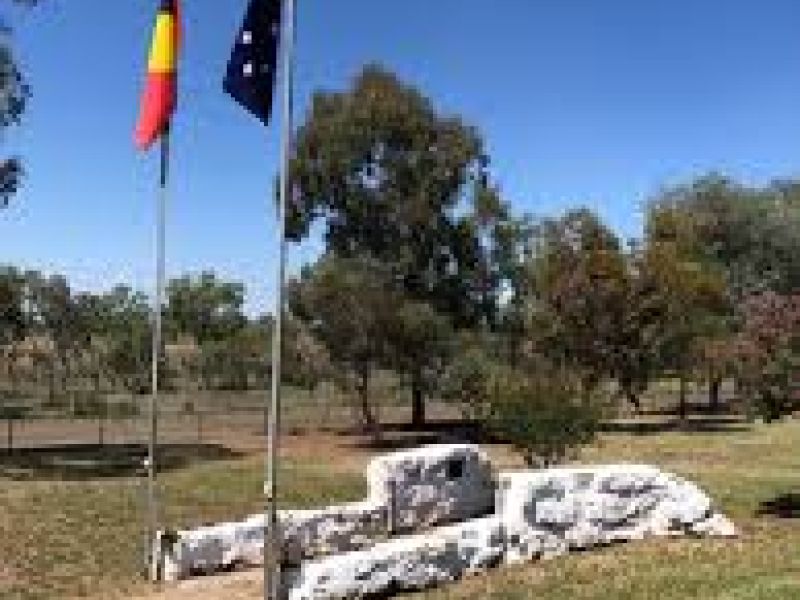The Forgotten Indigenous Soldiers of Walhallow - Part 1
Lest we forget!
Warning: this article contains images of deceased persons. It also features an image of a newspaper article containing racist terms and descriptions, the use of which reflects language and attitudes of the time.
It was my privilege to be part of a project to re-establish an Honour Roll for the Walhallow Aboriginal serviceman of WWI. The names that now appear on the school wall after a fifty-year absence, were proudly inscribed as an acknowledgement of the men that served and is a community decision. I would like to thank Ray Saunders for his tireless work on the project to restore the war memorial and welcoming me to work with him on the project.
In 1934, forty kilometres from Quirindi NSW, the local Aboriginal people, members of the RSL and a few newspaper men gathered on the then Aboriginal mission station of Walhallow, to do something the local towns communities had refused to do, honour the Aboriginal men from Walhallow that served in WWI.
The Gate of Memory memorial was now finished, ready to be unveiled with the surrounding ‘white’ dignitaries- getting out of their cars. Mrs Leslie rode up on horseback, 84 years old she rides upon “a horse with the grace, agility and ability of a flapper”. Mr Harkness, the Deputy Director of Education, comments “that girl might fall off!”. He was corrected by a local, “No! Mrs Leslie is the best horsewoman in the district”. To be at the memorial meant more to her than most. The war had taken both her sons. William died of an infection on his way home from France and was buried at sea and Lawrence was killed in action in Belgium just seventeen days later.
In 1934 the Gate of Memory First World War memorial was unveiled on the Walhallow Aboriginal Station, to commemorate the Indigenous servicemen of the area that served. On the school wall, an Honour Roll was placed, listing the 18 enlistees of the A.I.F.
The Honour Roll has been missing for over 50 years, this was the first memorial to solely recognise and name Indigenous servicemen of WWI in Australia. For much of Australia’s history the story of the part of Aboriginal servicemen played in WWI has been overlooked as a victim’s tale of men denied the chance to serve based on racism however a greater story exists. These men showed courage, loyalty, and autonomy, this is the story of a few men from a community of just 200 that volunteered, served overseas with great valour, many who did not return and those who did, fail to be recognised on their hometowns war memorials.
Author Cate Hayton
- The full paper and references can be viewed here: https://historycouncilnsw.org.au/wp-content/uploads/2020/11/Honourable-Mention-…
 Australian War Memorial
Australian War Memorial